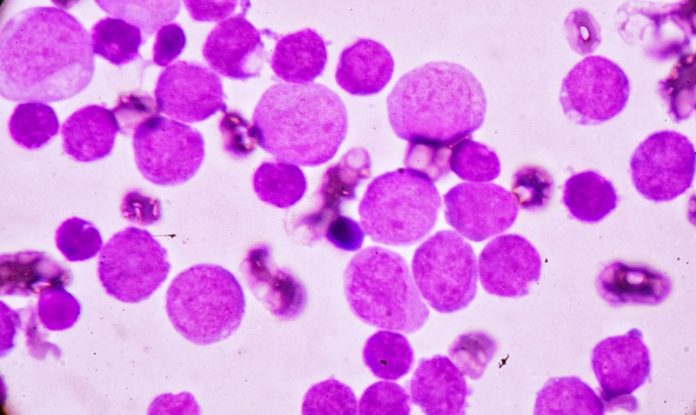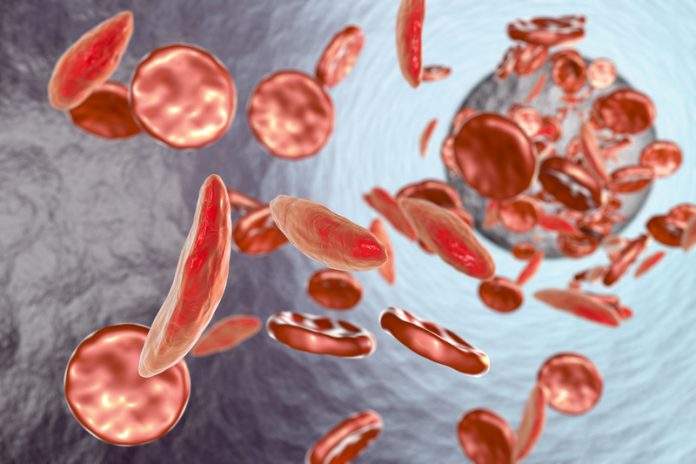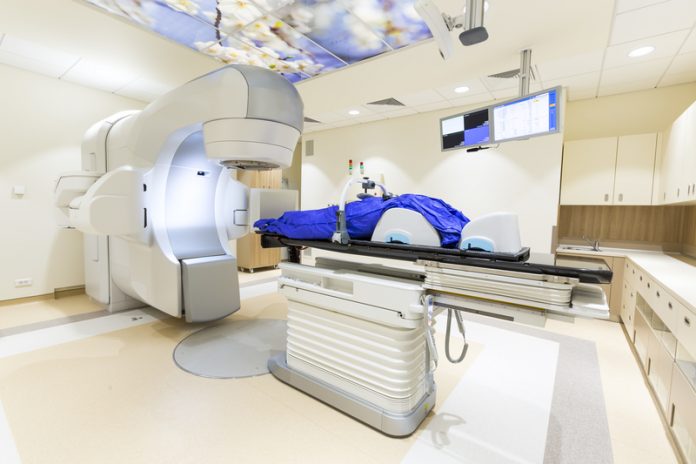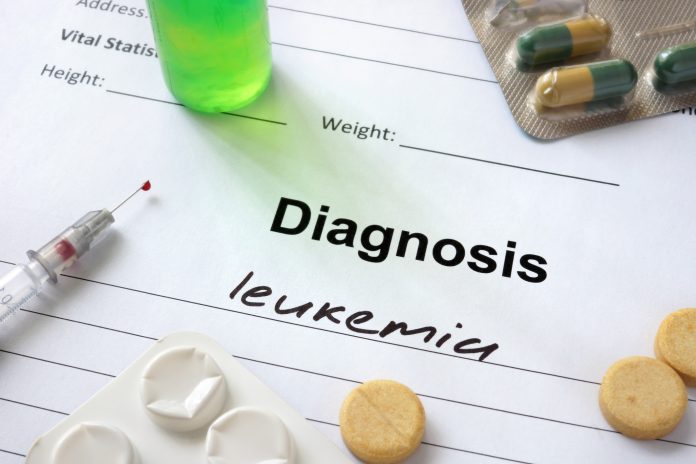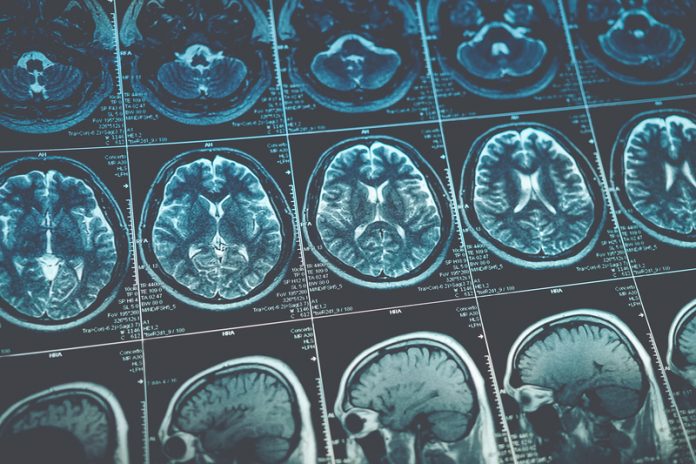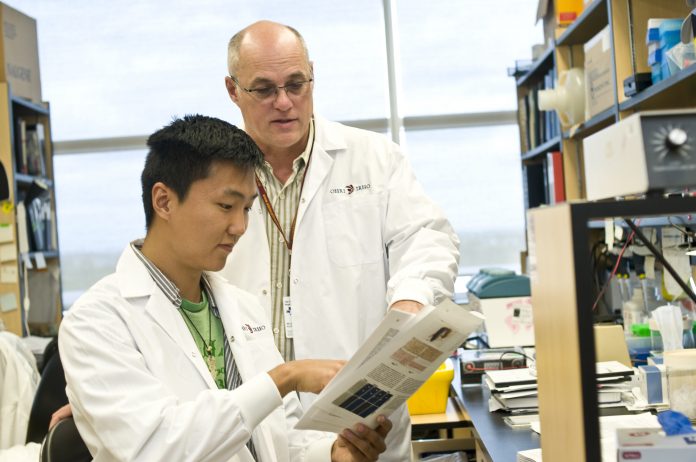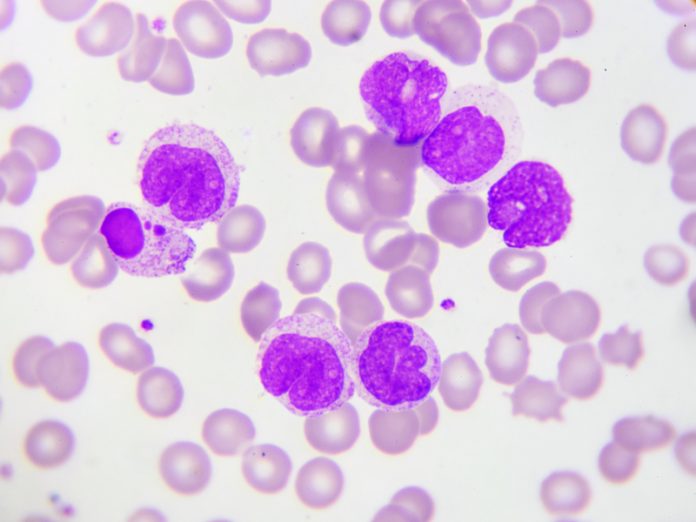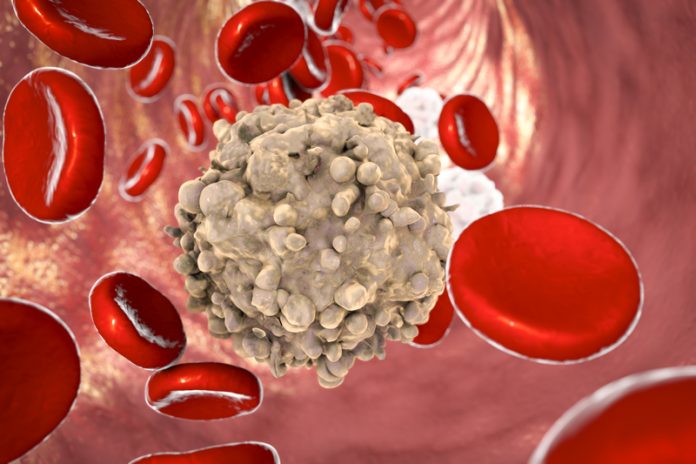Open Access Government produces compelling and informative news, publications, eBooks, and academic research articles for the public and private sector looking at health, diseases & conditions, workplace, research & innovation, digital transformation, government policy, environment, agriculture, energy, transport and more.
Home Search
chemotherapy - search results
If you're not happy with the results, please do another search
Cutting-edge technology synergy in the personalised nanomedicine space: Focus on pharmaceutical nanomanufacturing
Cecilia Van Cauwenberghe from Frost & Sullivan’s TechVision Group explains cutting-edge technology synergy in the personalised nanomedicine space, with a special focus on pharmaceutical nanomanufacturing
Living with acute myeloid leukaemia (AML)
Bethany Torr, Campaigns and Advocacy Officer at Leukaemia Care explores the challenges of living with acute myeloid leukaemia (AML)
Aplastic anaemia and other rare bone marrow failures
Grazina Berry from Aplastic Anaemia Trust argues that young patients diagnosed with aplastic anaemia (AA) and other rare bone marrow failures need more help and support
Improving the care of children in Europe with rare cancer
The European Society for Paediatric Oncology together with Coordinators for the PARTNER Project and ERN PaedCan highlight the importance of collaboration in order to improve the care of children in Europe with rare cancer
Antiviral and antitumor therapies
Prof Dr Chris Meier at the University of Hamburg, Faculty of Sciences, Department of Chemistry explores antiviral and antitumor therapies. He discusses the intracellular delivery of antivirally active nucleoside triphosphates and argues that the ultimate challenge is applying these as chemotherapeutics
New data reveals cancer diagnosis could affect treatment options
Data from Public Health England shows that cancer diagnosis could impact upon which kind of treatment a patient receives.
The challenge of curing cancer in the world’s children
Dr Martin English, Consultant Paediatric Oncologist and member of the Royal College of Paediatrics and Child Health (RCPCH) explains the challenge of curing cancer in the world’s children
Improving acute myeloid leukaemia (AML) outcomes
Bethany Torr, Campaigns and Advocacy Officer at Leukaemia Care explores how outcomes for acute myeloid leukaemia (AML) can be improved
Disease-associated myosteatosis in people with cancer: Can it be treated?
Can we prevent the muscle loss associated with some cancers? Dr Vera Mazurak at the University of Alberta is looking into one method of treating myosteatosis
Pathological fat infiltration into muscle is a feature of disease-induced muscle loss that significantly associates with shorter survival in people with cancer. Fat is...
Cancer immunotherapy therapy is here and now
Stephanie K. Watkins PhD from Loyola University Chicago shares her views on cancer immunotherapy therapy – the concept of using the immune system to fight and destroy cancer cells
Is 2018 the year we will see a cure for Thalassemia?
Multiple breakthroughs in gene therapy offer new hope for patients with genetic blood disorder, most common in Middle Eastern, Mediterranean, South Asian and African populations
The role of advanced technologies in healthcare
The role of advanced technologies in healthcare, including the work of the National Institute of Biomedical Imaging and Bioengineering (NIBIB) in this area, is placed under the spotlight by Open Access Government
Cancer research and training in the United States
The work of the National Cancer Institute (NCI), the federal government’s principal agency for cancer research and training in the United States, is profiled here by Open Access Government
The illusion of cancer and death: Illusion of the self
Sumith A Kularatne, PhD, discusses his thoughts on the illusion of cancer and death
Paediatric sarcoma metastasis: an area that warrants in-depth exploration
Ivan Stamenkovic, Professor of Experimental Pathology at University of Lausanne explores the paediatric sarcoma metastasis and why this warrants an in-depth look
Metastasis is responsible for 90% of cancer–related death. Several solid paediatric malignancies, particularly sarcomas, display high metastatic proclivity, which renders their prognosis poor, as metastases are for the...
From wheelchair to high heels: Realising the potential of stem cells
Dr Michael A Rudnicki, CEO & Scientific Director at the Stem Cell Network gives an expert view on a new era in health care, powered by stem cells
Acute leukemia – driving toward precision and targeted medicine
Eigil Kjeldsen from Aarhus University Hospital gives an expert perspective on the drive towards precision and targeted medicine for acute leukaemia
Chronic lymphocytic leukaemia (CLL) and acute myeloid leukaemia (AML): Leukaemia patients watching and worrying
Bethany Torr, campaigns and advocacy officer at Leukaemia Care discusses the impact of chronic lymphocytic leukaemia (CLL) and acute myeloid leukaemia (AML) on patients
Zika virus could help combat brain cancer
New research has found that the Zika virus could be an alternative for treatment of glioblastoma, the most common and aggressive kind of brain cancer in adults
Need for supportive care in oncology will increase during the next decade
The need for supportive care in oncology will increase as patients continue to live longer and cancer progresses to become more like a chronic disease
Supportive care increases patient quality of life, improves their chances of completing treatment, can reduce costs for healthcare institutions, and is fundamentally necessary given that...


